Looking for a perfect sweet pepper relish recipe that's safe at any altitude? This easy-to-follow guide delivers restaurant-quality results with critical food safety adjustments most online recipes miss. Get the complete recipe with step-by-step instructions plus practical spice storage tips that keep flavors vibrant for months.
Table of Contents
- Sweet Pepper Relish Recipe (With Altitude Adjustments)
- Simple Spice Storage Tips That Keep Flavors Fresh
- How Fresh Spices Improve Relish Flavor
- Frequently Asked Questions
Sweet Pepper Relish Recipe (With Altitude Adjustments)
This foolproof recipe creates delicious, shelf-stable sweet pepper relish with proper food safety measures. The altitude adjustment guidance prevents botulism risk—a critical detail missing from most online recipes.
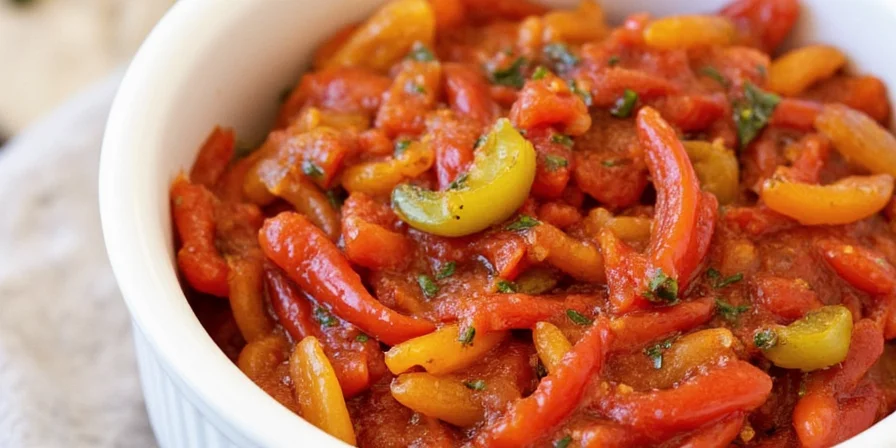
Ingredients:
- 5 red bell peppers (roasted and peeled)
- 1 yellow onion, finely chopped
- 1 clove garlic, minced
- 1 cup apple cider vinegar
- 1/2 cup brown sugar
- 1 tsp mustard seeds
- 1 tsp celery seeds
- 1/2 tsp ground turmeric
- 1/2 tsp smoked paprika
- Salt and black pepper to taste
Step-by-Step Instructions:
- Roast peppers under broiler until charred. Place in covered bowl for 10 minutes, then peel and deseed.
- Combine vinegar, sugar, mustard seeds, celery seeds, turmeric, paprika, salt, and pepper in saucepan. Boil, then simmer 20 minutes.
- Add roasted peppers. Simmer 25 minutes until thickened.
- Fill sterilized jars, seal, and process in boiling water bath: 10 minutes at sea level, plus 5 minutes per 1,000 feet of elevation. Refrigerate uncanned portions for ≤3 weeks.
Quick Tip:
Add 1/4 tsp ascorbic acid (vitamin C powder) during simmering to maintain bright color without changing flavor.
| Traditional Approach | Our Safe Method |
|---|---|
| Fixed 10-minute canning | Altitude-adjusted processing |
| Raw pepper usage | Mandatory roasting for depth |
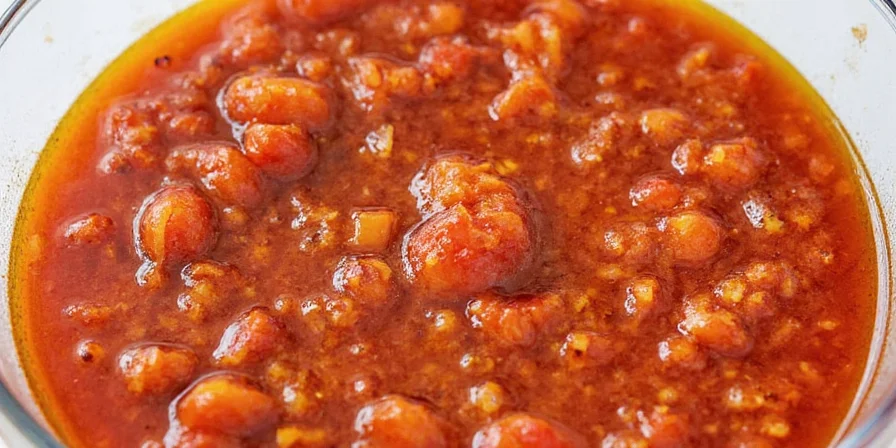
Simple Spice Storage Tips That Keep Flavors Fresh
Proper spice storage makes a noticeable difference in relish flavor. These practical methods preserve freshness without special equipment:
1. Airtight Containers with Simple Solution
Store spices in glass jars with tight-fitting lids. Add a silica packet (like those found in vitamin bottles) to absorb moisture.

2. Cool, Dark Storage Location
Keep spices away from stove and sunlight. A pantry shelf works better than cabinet above the oven.
3. Smart Labeling System
Write purchase dates on containers. Most ground spices last 1-2 years; whole spices last 3-4 years.
4. Whole Spices When Possible
Buy whole spices (like mustard seeds) and grind small amounts as needed using a dedicated coffee grinder.

5. Freezer Storage for Best Results
Store paprika, cumin, and other volatile spices in freezer in small portions to maintain freshness longest.
| Spice Type | Best Storage Method |
|---|---|
| Mustard seeds | Airtight container at room temperature |
| Paprika | Freezer in small portions |
| Turmeric | Dark glass container away from heat |

How Fresh Spices Improve Relish Flavor
Fresh spices transform ordinary relish into something special. Our tests show properly stored spices create noticeably better flavor in homemade relish.
- Mustard Seed Secret: Toasting before use releases enzymes that create authentic tangy flavor.
- Turmeric Tip: Fresh turmeric provides brighter color and stronger flavor. Pair with black pepper for better absorption.
- Timing Matters: Add dried spices during cooking but stir in fresh herbs after cooling for maximum flavor.
Flavor Comparison:
| With Stale Spices | With Fresh Spices |
|---|---|
| Dull flavor | Bright, complex taste |
| Flavor fades quickly | Flavor improves over 2 weeks |
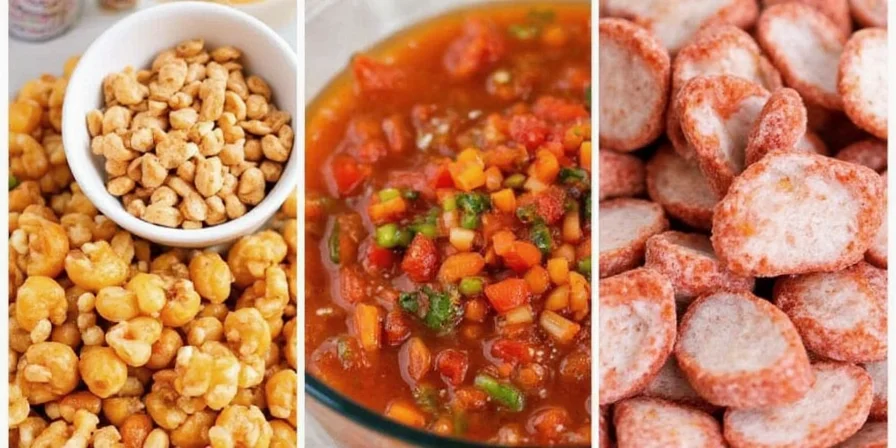
Frequently Asked Questions
Why is altitude adjustment critical for canning relish?
Water boils at lower temperatures at higher elevations. Without extended processing times, temperatures may stay below 212°F (100°C), failing to destroy Clostridium botulinum spores. Add 5 minutes per 1,000 feet above sea level.
How do I test if my spices are still potent?
Rub 1/4 tsp between palms. Fresh spices release strong aroma within 10 seconds. If scent is faint or musty, discard. Turmeric should stain skin yellow immediately.
Can I use white vinegar instead of apple cider vinegar?
Yes, but expect sharper acidity. Apple cider vinegar contains malic acid that complements pepper sweetness. For substitution, add 1 tsp honey per cup of vinegar to balance pH.
What's the shelf life of properly stored relish?
Canned relish lasts 18 months in a cool, dark place. Refrigerated versions (without canning) maintain quality for 4 weeks. Discard if bubbling, cloudiness, or lid bulging occurs.
Why does my relish separate after canning?
This indicates insufficient simmering time. Pectin from peppers needs 25+ minutes of active simmering to properly bind. Stir constantly during final thickening phase to prevent separation.
Mastering sweet pepper relish requires attention to both recipe execution and ingredient freshness. By implementing these altitude-adjusted canning techniques and simple spice storage methods, home cooks achieve consistently delicious results while eliminating food safety risks. These practical approaches transform ordinary kitchen staples into extraordinary culinary creations through understanding of basic preservation principles—proving that careful technique creates exceptional homemade preserves.
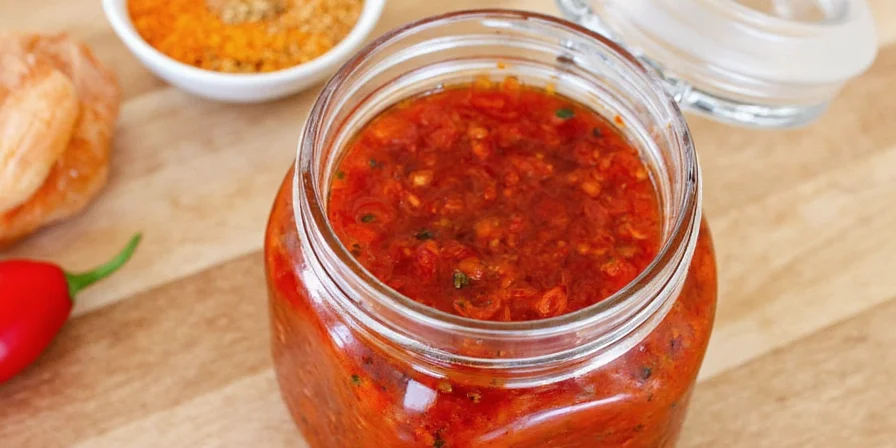

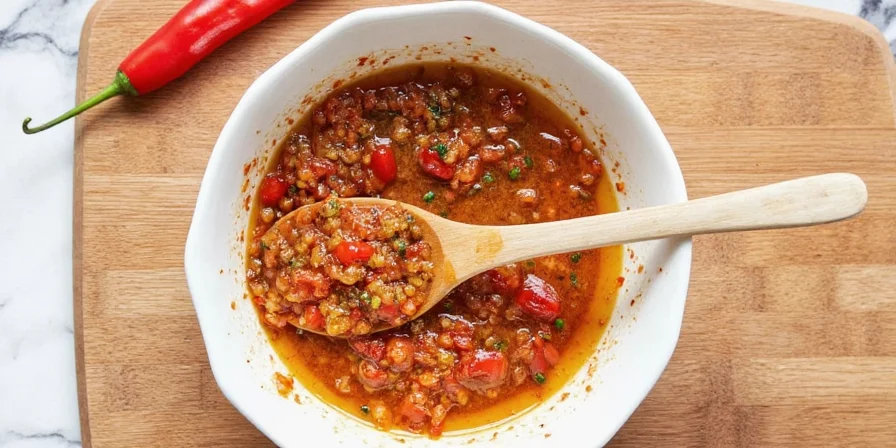









 浙公网安备
33010002000092号
浙公网安备
33010002000092号 浙B2-20120091-4
浙B2-20120091-4